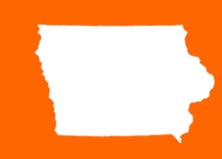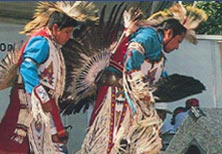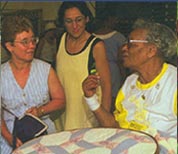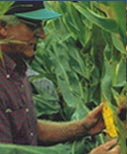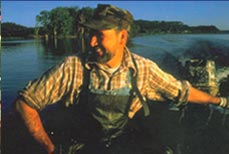|
|
Lesson 2.2: Collecting Stories
|
|
SEE LESSON 1.3
"DOCUMENTING LOCAL TRADITIONS: INTERVIEWING" |
|
[PHOTO BY DARRELL HENNING,
VESTERHEIM NORWEGIAN-AMERICAN MUSEUM]
Rod Seitz works on a scrollsaw clock under the watchful eyes of two children in Decorah. |
- Discuss with students the characteristics of a story—the features of narrative, voice, logical structure.
- Discuss the various ways of telling a story—through books or short stories, through a movie or a play, through oral accounts. Compare and contrast different ways of telling a story.
- Discuss any stories known about local places or people. (These stories are often called “local legends.”) For instance, what stories have you heard people tell about:
- Local cemeteries
- Haunted houses
- Places where an outlaw passed through
- How an area was named
- Famous people who visited your community in the past
- Natural disasters
- The “big game”
- Organize the class to play a short game of “Telephone” or “Whisper Down the Lane.” In the game, someone, say, the teacher first, might tell a short anecdote (about 5 sentences), whispered into the ear of another student. The second student whispers the story to a third listener, and so on through the class. Compare the original and the final version (best told by the last student back to the teacher). How has it changed? This helps show what happens to oral communication and memory—things are forgotten when they are not written down, new words and ideas are added, meanings are changed.
- Consider the story of Drollinger’s Rides and the Flood of 1993 in the handout. The first version is the word-for-word transcription of the narrative obtained through a tape-recorded interview. The second is based on the first, but was edited for print as a story. Discuss with students the features and the advantages and disadvantages of each version.
Choose a handful of stories that are known to several students in the class. Divide the class up so that several students are writing their own version of one of those stories. Afterward, have students read their versions of the same story. Discuss issues of memory, embellishment, fiction, and non-fiction in oral narrative.
Check out the Iowa Folklife Resources Directory and invite a storyteller to class.
Pair students and seniors. Have each pair think back to the Flood of 1993 or a big storm or disaster from just last year. What stories were told from your part of the state relating to the flood or natural disaster? Do the seniors remember any other natural disasters that they can tell stories about? Discuss how sharing such stories bring people in a local area together into a type of community.
| |
| |
|
Photo |
|
|
|
| |
LESSON 2.2 |
|
| Sandbaggers work furiously to build a levee on the Raccoon River in Van Meter, July 10, 1993. What kind of disaster stories do students tell or remember? |
| |
|
PHOTO BY GARY FANDEL
COPYRIGHT 1993 THE DES MOINES REGISTER AND
TRIBUNE COMPANY, REPRINTED WITH PERMISSION
|
|
|
|
| Objectives |
Students will be able to:
| 1. |
Identify characteristics of a narrative. |
| 2. |
Compare and contrast oral narrative to other forms. |
| 3. |
Examine the stories of local tradition. |
| 4. |
Compare oral narratives to recorded and edited versions. |
|
| Cross References |
Instructional Program:
Language Arts GENRE, COMPOSITION; Social Studies GEOGRAPHY, STATE HISTORY; Music COMPOSITION, APPRECIATION, TOPICAL SONG
Prairie Voices Lessons:
Family Folklore, Community Development |
|
